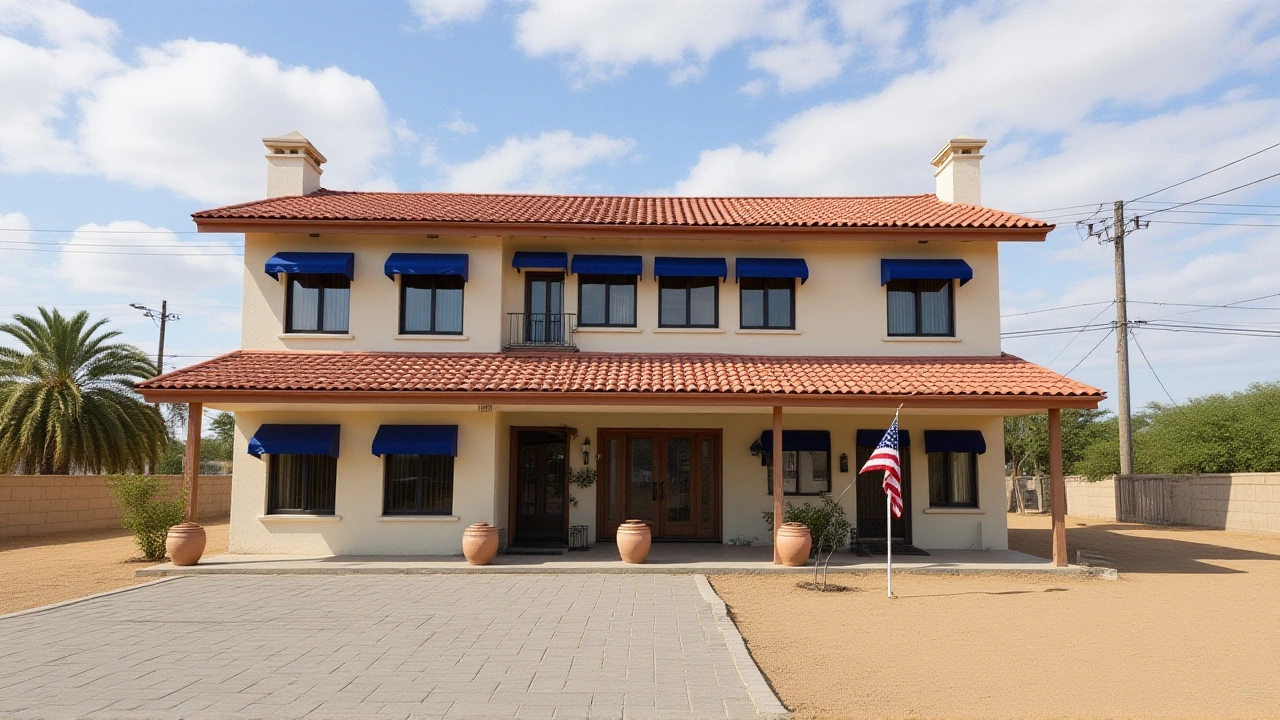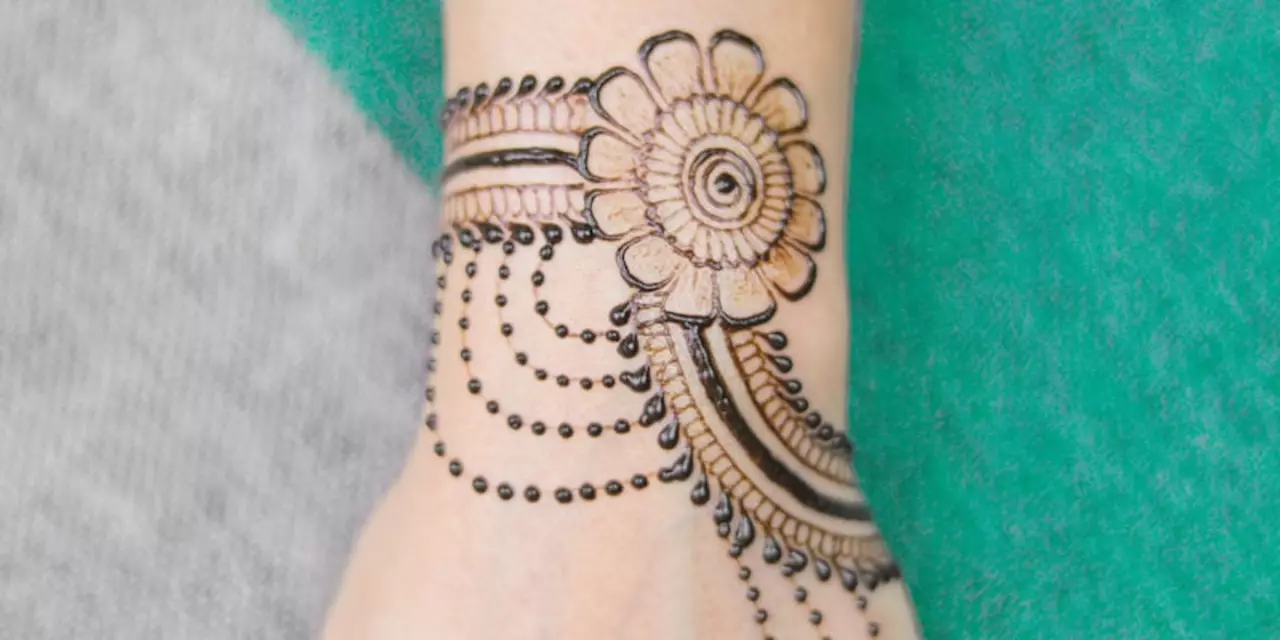International Relations – Do Most Pakistanis Hate Indians?
When you hear the word "India-Pakistan" you probably picture rivalries, old wars, and endless headlines. But the everyday people on both sides see things a bit differently. This page pulls together the most recent data on how ordinary Pakistanis feel about Indians and what shapes those feelings.
Survey results show a mixed picture
Recent polls that asked thousands of Pakistanis to rate their opinion of Indians found that the majority do not hate their neighbours. Around 55 % said they feel neutral or even positive, while roughly 30 % expressed some distrust and 15 % admitted outright hostility. The neutral group often mentions shared culture, music, and food as a bridge.
When the same survey asked about specific issues – like border disputes or trade – negative responses rose. That tells us the hate isn’t personal; it’s tied to politics. Still, the fact that more than half of the respondents are not hostile is a clear sign that the narrative of “always hating” is too simple.
What drives the opinions?
Family stories and media play a huge role. Older generations who grew up during the wars tend to remember attacks and loss, which fuels suspicion. Younger people, on the other hand, get most of their news from social media where jokes, memes, and occasional propaganda mix together.
Education also matters. Those who studied abroad or had Indian friends reported more positive views. Language is another factor – Urdu and Hindi share many words, making it easy for people to enjoy Bollywood movies or cricket matches together.
Economic concerns pop up, too. Many Pakistanis think better trade could improve lives, so they support cooperation even if they’re wary of political leaders. The fear of extremism shows up in a small but vocal minority, but even they often say they want peace if the governments can pull back from aggressive rhetoric.
All these pieces combine to create a nuanced picture: most Pakistanis see Indians as neighbours with a long, tangled history, not as enemies to be loathed.
Understanding this view matters because public sentiment can push governments toward dialogue. When the majority isn’t driven by hate, policy makers have room to negotiate on trade, sports, and cultural exchange without fearing massive backlash.
So, if you’re curious about the real mood between Pakistan and India, remember the numbers: a slight majority feels neutral or positive, a sizable minority is distrustful, and only a small slice harbors outright hatred. The story isn’t about perpetual animosity; it’s about a complex mix of history, media, and everyday encounters that shape how people see each other.

